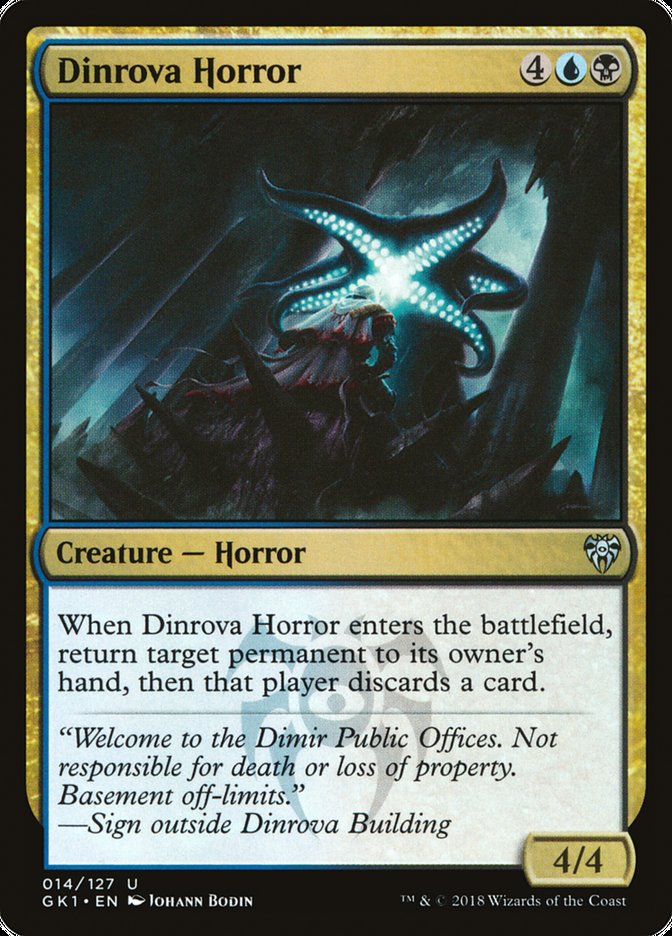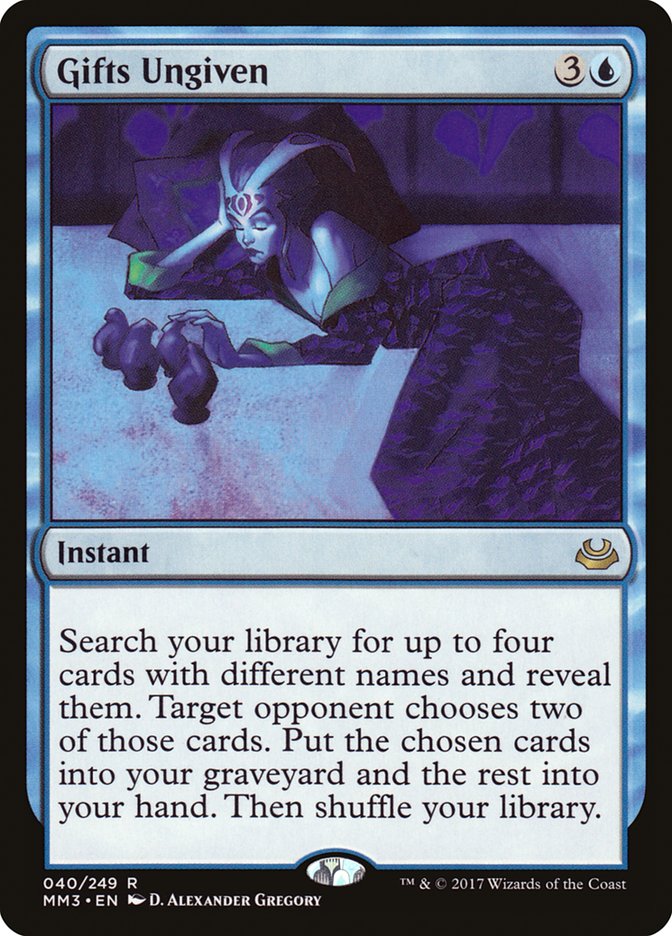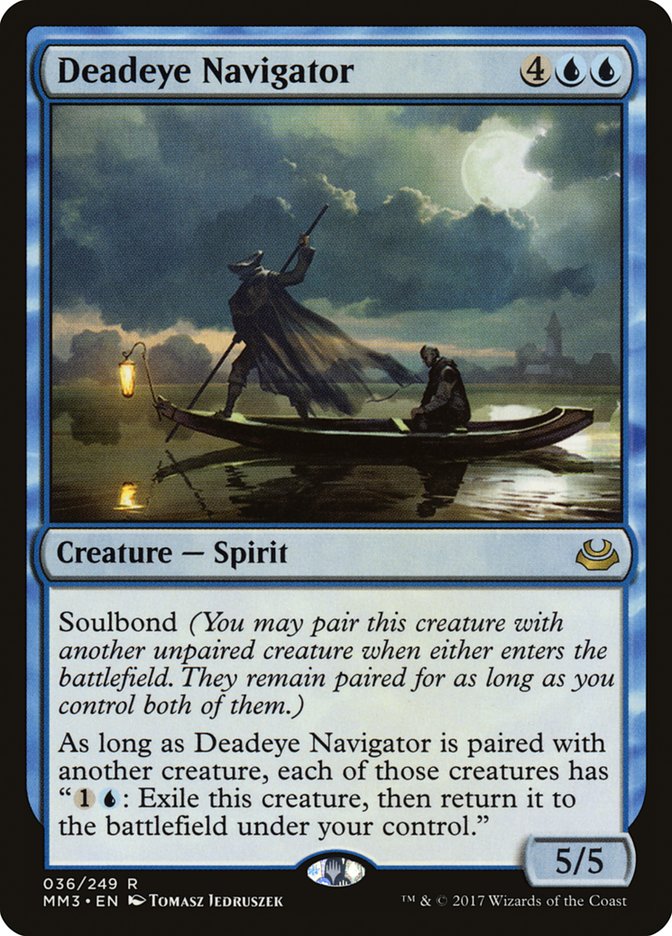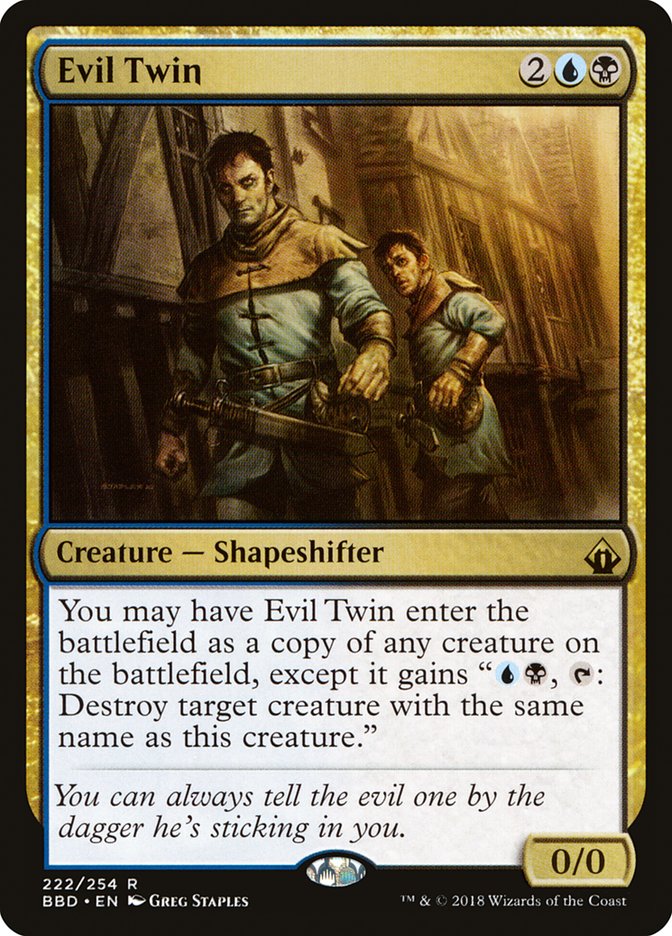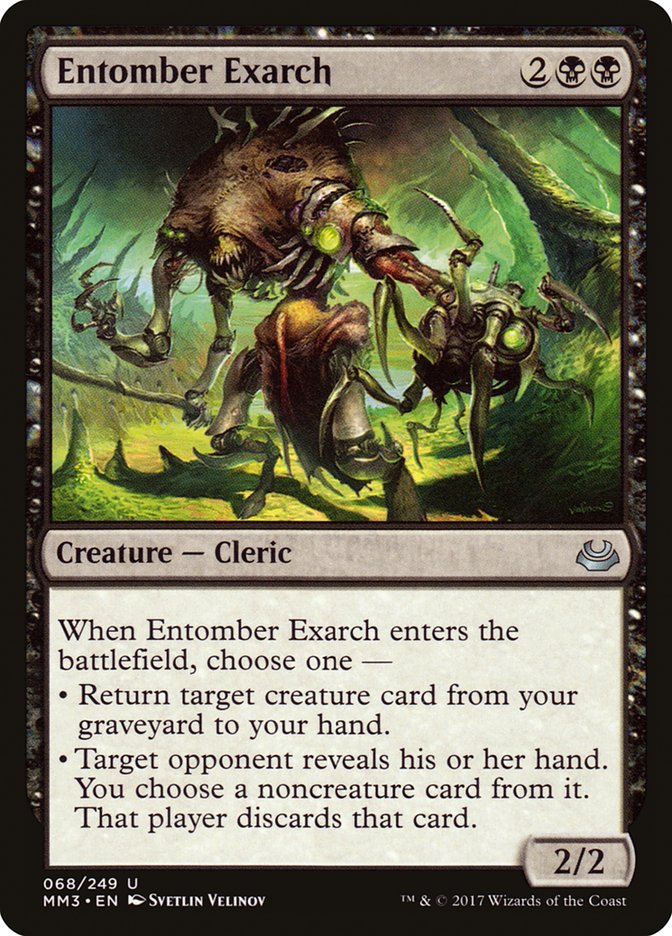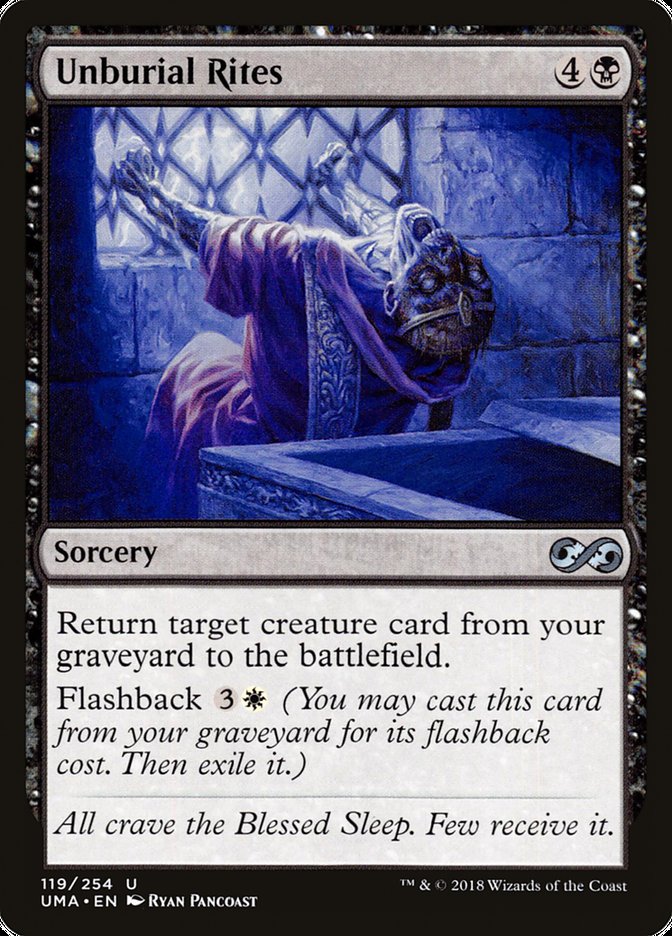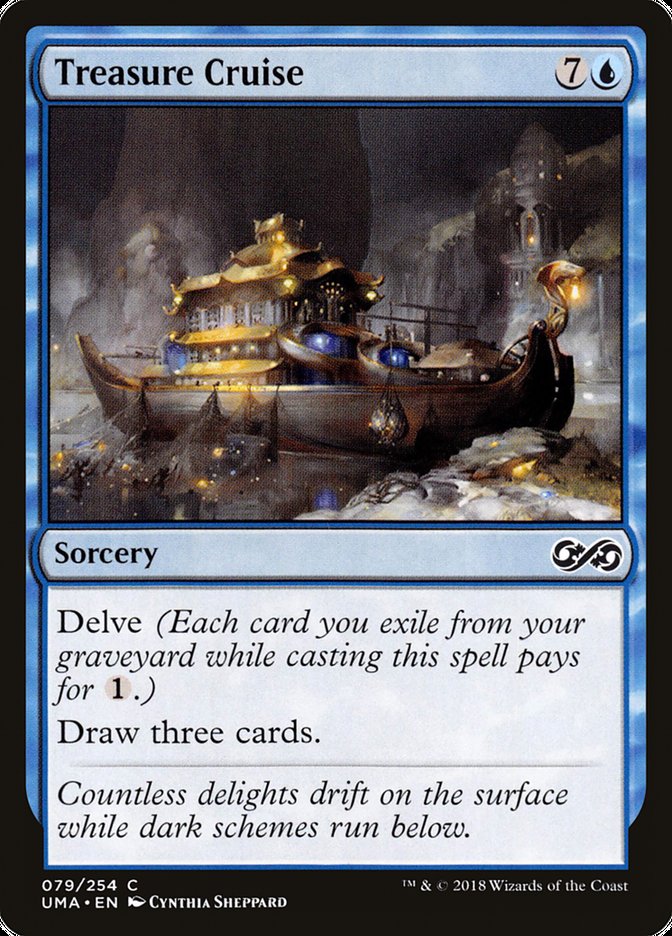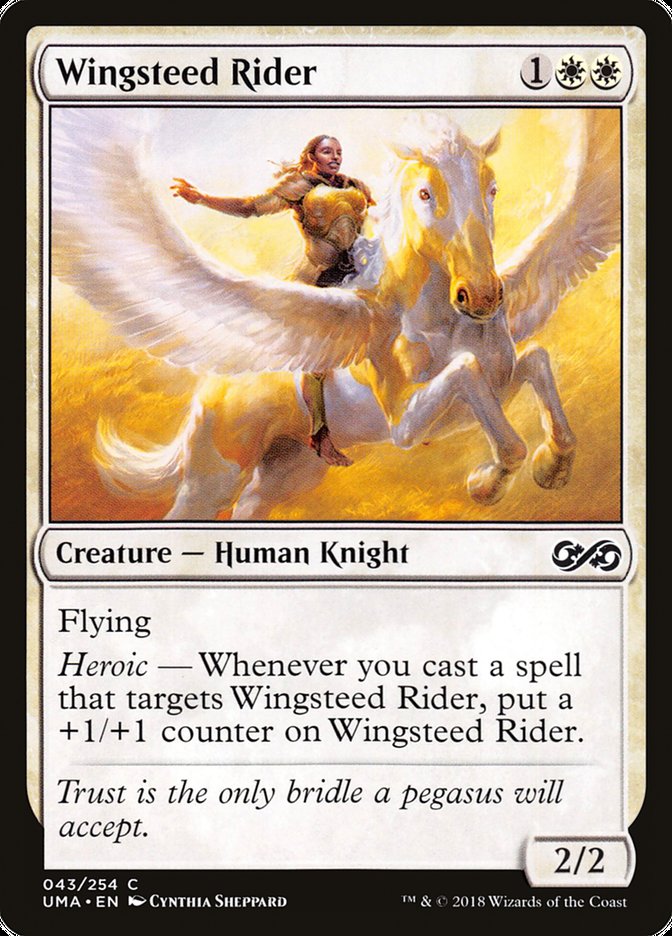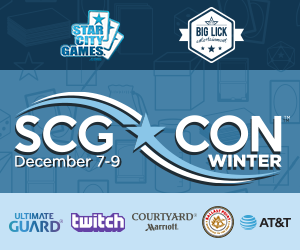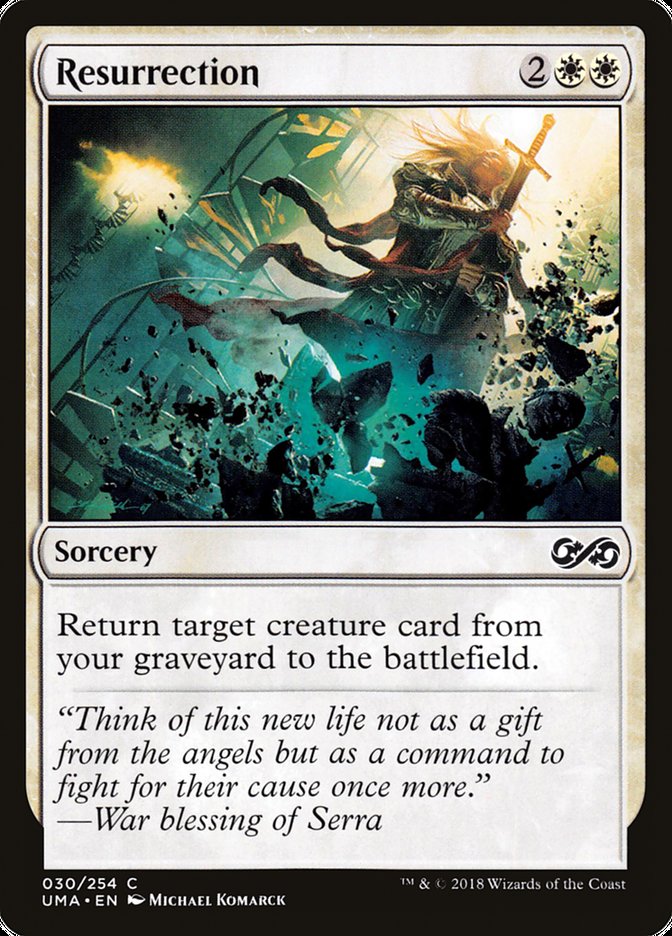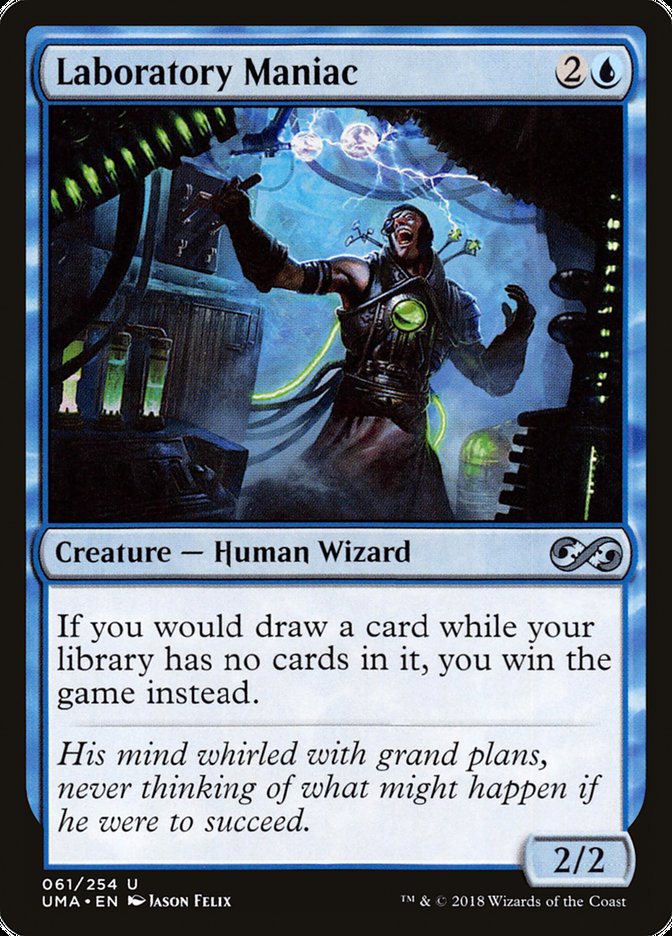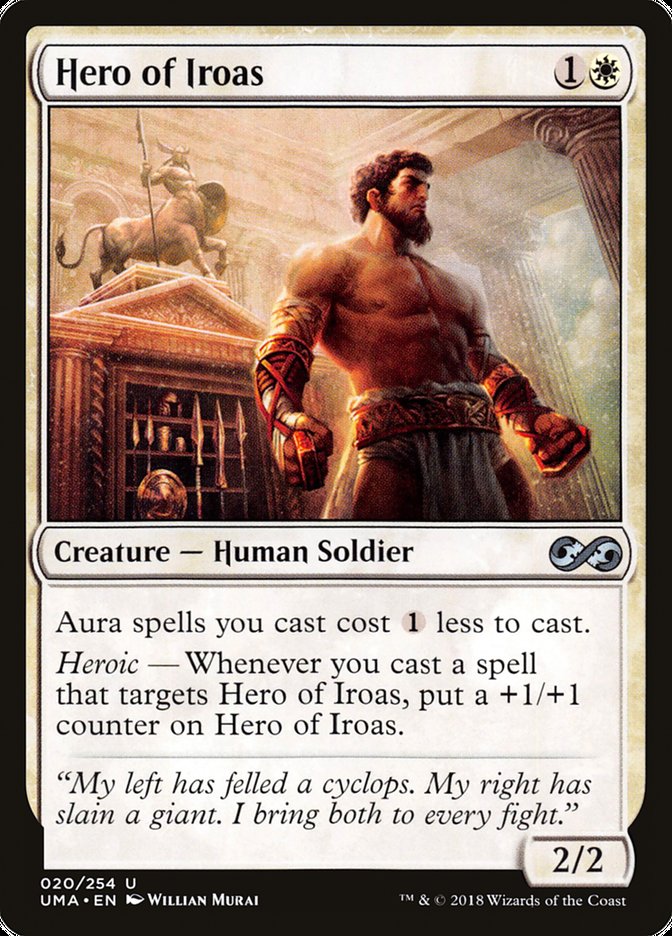Masters Limited formats always provide a high-tier of entertainment, but
they also are one of the more gameable ways to experience Limited. The
following are mostly true of these formats, and I believe Ultimate Masters will be no different:
- The complexity of the commons and uncommons is through the roof.
-
Synergy provides such high power that the ridiculous bombs are more
beatable than you would expect. -
Most people will not draft this set too much due to the price (note
that Phantom leagues on MTGO does impact this).
All this together means that you can gain a huge
edge in Masters Limited formats. Eternal Masters was the format
that propelled me to infinity on Magic Online. A month into that format I
was up about 600 tickets. The complexity of the cards and archetypes
rewards stronger players. If you’re familiar with the format to the point
where you can approximate what may wheel that you can capitalize on (e.g.
Faithless Looting and Quiet Speculation in Eternal Masters), you
can consistently draft a deck that’s powerful.
Sometimes this deck is so well-supported that it doesn’t even matter if
other people know the secret. In Modern Masters 2017, Dinrova
Horror was unbelievable and a table could support five or even six drafters
in the Esper value archetype. If you ever sat down at a table where even a
couple players weren’t aware of this, you could get a deck unparalleled on
power level and dwarf your competition. Furthermore, rares and uncommons
that are underrated enable drafting decks in very different ways.
In Modern Masters 2017, Gifts Ungiven was maybe the most
underrated rare. I was getting passed the card very often because most
people think of it as a combo card. In Limited, it’s the best Inspiration
ever! And in a set with Flashback, you can do even more. I was team
drafting the set in GP Orlando, and will never forget Seth Manfield’s face
when I handed him this pile of cards from Gifts Ungiven:
This goes to show the power you can generate in a deck when you know what a
format is capable of. The end of December brings an Ultimate Masters Grand Prix, which is exciting given how much
these formats reward practice and skill. Over the course of the next month,
my goal is to provide content on this format that you can use to not only
win your local draft, but your Day Two draft at this GP.
Let’s dust off our card evaluation skills with a sample Pack 1 Pick 1 of
this format! Let’s say you don’t keep the cards, so don’t take the money
card unless you really think it’s the best pick.
The Pack:
The Pick:
The pick isn’t Leovold, Emissary of Trest. I know that it’s a mythic with
awesome abilities that has had a huge impact on Eternal formats, but that
doesn’t mean it’s good in Limited. The only fixing at common is Kodama’s
Reach and Vessel of Endless Rest, and there’s barely any fixing at uncommon
either. This means that the probability you can play Leovold on turn 3 in
this format is extremely low. In a Masters format, the removal is pretty
fantastic. Sure, you draw a card when Leovold is killed, but that’s just
not worth splashing. If you can consistently cast Leovold on turn 3, the
card is great, but that’s just not realistic. I want my play on turn 6 to
be more impactful than a 3/3 with psuedo-protection.
My heuristic for build-around cards in Masters sets is not to take them
highly but position yourself to get them later in the draft when people
have already picked their lane. The best of the best, Burning Vengeance for
example, are cards you can take early, but I don’t think Shirei, Shizo’s
Caretaker and Spirit Cairn are high enough impact.
It’s hard to tell if Shirei’s ability is worth the cost, but there are
sacrifice outlets and small creatures with effects to be abused. Shirei
pairs quite well with Fumespitter to kill a two-toughness threat and you
can really take over the game with cards like Bloodflow Connoisseur,
Heliod’s Pilgrim, Archeomancer, Satyr Wayfinder, and the list goes on.
Still, I would rather not use a first pick on that potential.
Spirit Cairn is mana-intensive, but with both madness and Flashback as key
mechanics of the set, it may be worth the investment. If you can get more
than three Spirits out of Spirit Cairn, you can take over the entire game.
And there are so many cards that combo with it – my favorite is Wild
Mongrel. While I think Spirit Cairn could be first pickable, I think both
the commons in this pack are easier to abuse and hence better picks.
Last time we saw Treasure Cruise, it was a solid card for the
graveyard-based deck, but I expect it to be much better in this format.
Because both Rise from the Tides and Spider Spawning are build-arounds,
this set is chock-full of cards that put cards into the graveyard. We have
Satyr Wayfinder, Forbidden Alchemy, Faithless Looting, Frantic Search, Crow
of Dark Tidings, Deranged Assistant, and I can keep on going. Casting
Treasure Cruise for four or less mana shouldn’t be too difficult. However,
it does get worse in multiples and is at common. While I think it’s a great
card, I think Wingsteed Rider is a better card to first pick.
If you weren’t around for Theros, let me tell you that Wingsteed
Rider is busted in half. Wind Drake is not a good card in limited anymore,
but a 3/3 flier for three can win the game all by itself and it’s
incredibly easy to turn Wingsteed Rider into a 3/3 or better. The card gets
much better in multiples and there are a lot of cards that really turn this
card into a house.
Both Hyena Umbra and Spider Umbra turn Wingsteed Rider into a 4/4 flier
with removal protection for just one mana. These are all commons and I
expect that play pattern to be one of the best things you can do in the
format. Just be careful due to cards like Just the Wind and Faith’s
Fetters. Although, you can also go full on Bogles and slam Shielding Plax
on Wingsteed Rider, which I imagine will also end a good chunk of games.
Important Rarity Upshifts
Rarity upshifts happen either because a card was too good at its
original rarity (Ancient Tomb, Reanimate, and Demonic Tutor are now
rare), or that the designers/developers believe the card is too good to
exist in multiples in a Draft format. This tells us what archetypes may
be very high power.


Important Rarity Downshifts
Similar to upshifts, downshifts happen either because a card won’t be
as good as other higher rarities due to higher power level in this set,
or, more importantly, because the designers/developers believe that the
Limited archetypes needed access to a card at common/uncommon.

While there are other cards that changed rarities, I believe these are the
important ones to note. Take a minute to really dissect this list. What do
you see? What stands out? These decisions were all made for a reason, and
some tell an important story.
Most noticeably, Forbidden Alchemy was moved to uncommon. This card is
fine, but does it really deserve the bump to uncommon? I imagine that, in
testing, drafting multiple copies of Forbidden Alchemy just gave way too
much consistency to graveyard strategies; no need to work too hard for Rise
from the Tides or Spider Spawning when you churn through your deck.
Treasure Cruise for one mana on turn four or five? No problem! And this
doesn’t even consider dumping additional Flashback cards into the
graveyard!
Outside of that, most of the other upshifts are aggressively oriented.
Travel Preparations was likely too powerful with Heroic. Slippery Bogle at
common may be too oppressive with all the Umbras running around. Lava Spike
is a weird upshift, and I’m not sure what to make of it, but maybe the
aggressive decks with reach was just too much. And Rally the Peasants was
initially uncommon, dropped down to common in Eternal Masters –
which spawned one of the best go-wide archetypes we’ve ever seen – and
likely for similar reasons is back to uncommon.
The downshifts are really where the meat is though. These are the best
tools for developers and designers to place powerful cards for archetypal
support. Laboratory Maniac is just not an uncommon. Not because of
power-level, but because of how odd and unique the ability is. The decision
of placing this as an uncommon means that they want you to be able to draft
a deck that wins with Laboratory Maniac.
Similarly, Hero of Iroas is too complex for an uncommon and we rarely see a
card like Resurrection at common. These are clearly signals that the aura
deck and heroic deck wanted strong payoff and that a reanimator archetype
is based in white.
I’m sure there’s a lot more information we can get from these rarity
shifts, but we’ll have to wait until the set release to really understand
the non-obvious decisions. Remember to keep them in mind, because all these
cards were chosen for a reason! The set looks pretty awesome and I’m
excited to get down and dirty when it releases on December 7th.


